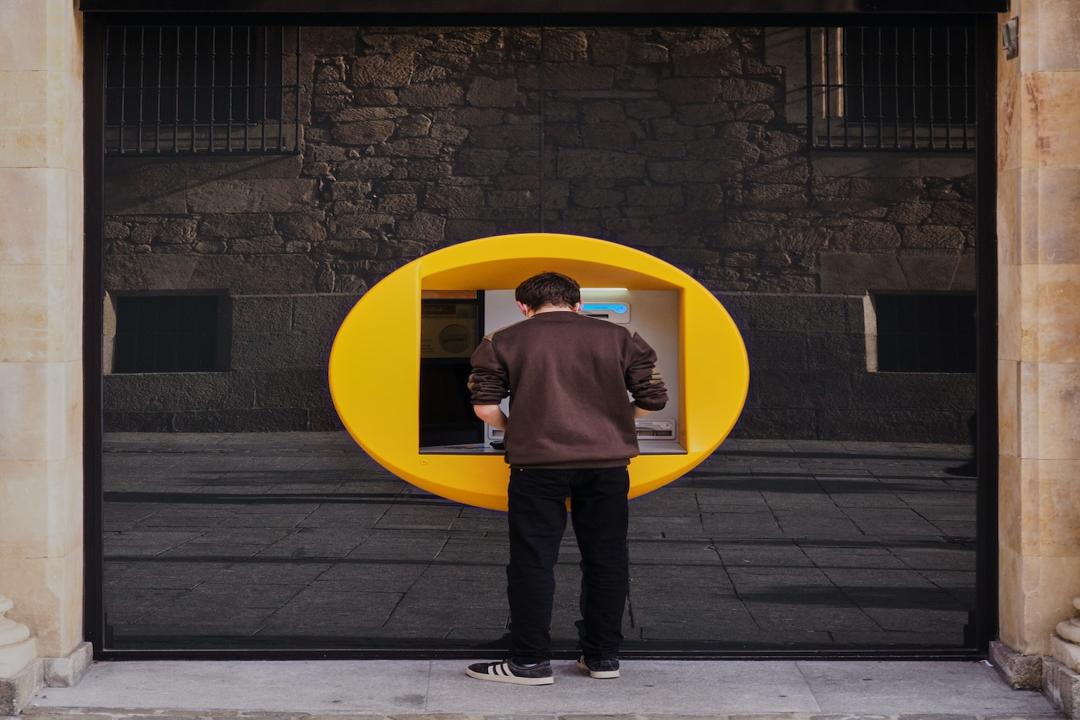CryptoSphere reports:
Source: OneBlock Community
June 23, 2024,
“Behind the Code: Web3 Thinkers” Season 2 Episode 3 is now live.
In this episode,
Bill Laboon from the Web3 Foundation delves into the essence of blockchain, simplifying Polkadot’s processes, building resilient systems, decentralizing power, sustainability, and the future of technological ownership.
Bill shares his journey in the blockchain world, from early involvement in Bitcoin to being a core advocate for Polkadot, revealing profound insights into the deep-seated impacts of blockchain technology for listeners.
The episode not only showcases significant advancements of Polkadot in technical simplification and decentralization but also emphasizes the unique advantages and future prospects of decentralized governance in achieving freedom and autonomy.
Watch the full video: https://www.youtube.com/watch?v=dpCJ0k6pOXM
Innovation from Scratch – Bill’s Encounter with Polkadot
Bill has been involved in Bitcoin, cryptocurrencies, and blockchain technology since 2012.
His strong interest in Polkadot was sparked by a speech from Gavin Wood, who built a completely new blockchain from scratch, leaving Bill impressed and inspired.
Thus, in 2019, Bill relocated to Switzerland and joined the Web3 Foundation, where he has been working since.

The Essence of Blockchain: Decentralized Consensus
Regarding the concept of “truth,” which is difficult to define philosophically, I believe blockchain is a technology that strides towards “truth.”
– Bill Laboon, Web3 Foundation
Bill explains that blockchain achieves consensus through a network without external arbitrators and centralized institutions, establishing authoritative and correct information.
He recalls the profound impact of reading the Bitcoin whitepaper for the first time, where Bitcoin introduced the idea of determining the currency’s total supply without centralized control, transparently recording transactions that everyone can verify and agree upon once they occur.
This technology allows consensus among people from different countries and backgrounds.
Bill’s focus at the Web3 Foundation is on educating people about the significance and usage of blockchain, helping them engage with it.
He emphasizes the current goal of increasing decentralized participation further to enhance blockchain’s resilience and self-sustainability.
Bill believes that as more people understand and participate in blockchain technology, there will be more breakthroughs and innovations that could fundamentally alter current social structures and economic systems.

Polkadot’s Development Journey and Technological Evolution
We’re not just developing these technologies for other techies and researchers, but for everyone around the world.
– Bill Laboon, Web3 Foundation
From Tech Enthusiast to Mass Participation
Since joining Polkadot, Bill has witnessed significant progress in the project.
He reminisces about the time when Kusama hadn’t launched yet, let alone the Polkadot mainnet.
While there were developers interested in the project back then, it was nothing compared to today.
The early stages of Polkadot were highly technical, appealing primarily to tech enthusiasts, which gave the impression that Polkadot was exceedingly complex.
However, over time, more developers joined, simplifying many aspects.
Today’s applications are smoother compared to the early 2019 versions, with wallets becoming more user-friendly and significant improvements in user experience (UI/UX).
Polkadot has become smoother and more user-friendly, with numerous technological advancements, especially in scalability.

Towards “One Coin, One Vote”
Polkadot’s governance structure has evolved through several stages, from initially being controlled by a superuser account to the committee elected by Gov 1.0, and now to the “one coin, one vote” mechanism of OpenGov 2.0, gradually decentralizing power.
Bill explains that if you own DOT, you can decide the network’s future, with all decisions and changes requiring consent from DOT holders.
This mechanism represents not just technological progress but also an innovative model for funding projects within the ecosystem through the on-chain treasury system.
Meanwhile, the Web3 Foundation continues to ensure more people have a voice in governance, rather than it being a privilege of a small group.
Bill argues that compared to blockchains controlled by a few, Polkadot is more resilient; a single point of failure in the system would render it fragile.
In Polkadot, the presence of multiple entities enhances system robustness.

Evolving Governance Mechanisms
Polkadot’s governance mechanisms are not only flexible but also forward-looking.
Bill states that users can delegate trust for financial proposals to one person, technical proposals to another, and administrative proposals to yet another, with the option to change or revoke these delegations at any time.
This mechanism is akin to traditional representative democracy but more flexible and personalized, better reflecting the will of token holders.
Moreover, Polkadot’s governance mechanisms are continually being optimized.
Bill mentions ongoing discussions within the team, such as implementing an “identity-authenticated voting system,” to address issues of unequal voting power due to varying DOT holdings.
Internal Consistent Economic System
DOT, as the core asset of the Polkadot ecosystem, exhibits inflation.
Validators are rewarded for producing blocks, with a portion of these rewards entering the treasury system.
As the network operates continuously, the amount of DOT in the treasury increases.
Simultaneously, major development teams of Polkadot receive funding from the treasury.
This fiscal support mechanism ensures the continuous operation of development teams and the ongoing optimization of the network.
Bill explains that this internally consistent system generates new DOT tokens as a natural byproduct of block production, which enter the treasury to support the growth and development of the entire ecosystem.

Through this design, Polkadot not only addresses common funding issues in blockchain projects but also creates a dynamically adjustable fiscal system.
This system can flexibly allocate resources to support technological innovation and ecosystem development according to the network’s evolving needs, making Polkadot a truly self-sustaining, self-optimizing blockchain ecosystem.
The Importance of Data Ownership
In today’s era of big data, issues surrounding data ownership are particularly prominent.
Bill cites an example where Microsoft purchased Reddit’s data usage rights, using it for AI training data.
As an active Reddit user, Bill contributed data that Reddit took without his control, earning approximately $60 million through this data, now part of an AI training set.
Such situations are not only prevalent in social media but also common in banking systems.
Many people complain on Twitter about their bank accounts being closed without reason and with no means of appeal.

Bill emphasizes that one of the goals of the Web3 Foundation is to create a decentralized internet where people own their data.
He believes that combating bad code with good code is more effective than attempting to address these issues through regulations.
Blockchain technology serves not only developers and researchers but also everyone worldwide.
By demonstrating how blockchain technology empowers people with more autonomy and ownership of their data, Bill hopes to encourage more widespread understanding and adoption of this technology.
Subscribe to Updates
Get the latest creative news from FooBar about art, design and business.
Add A Comment

